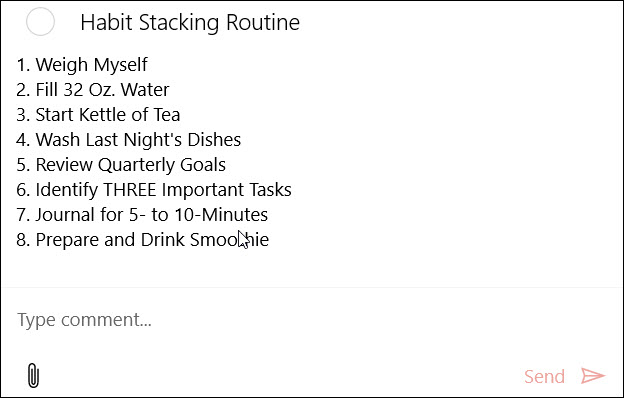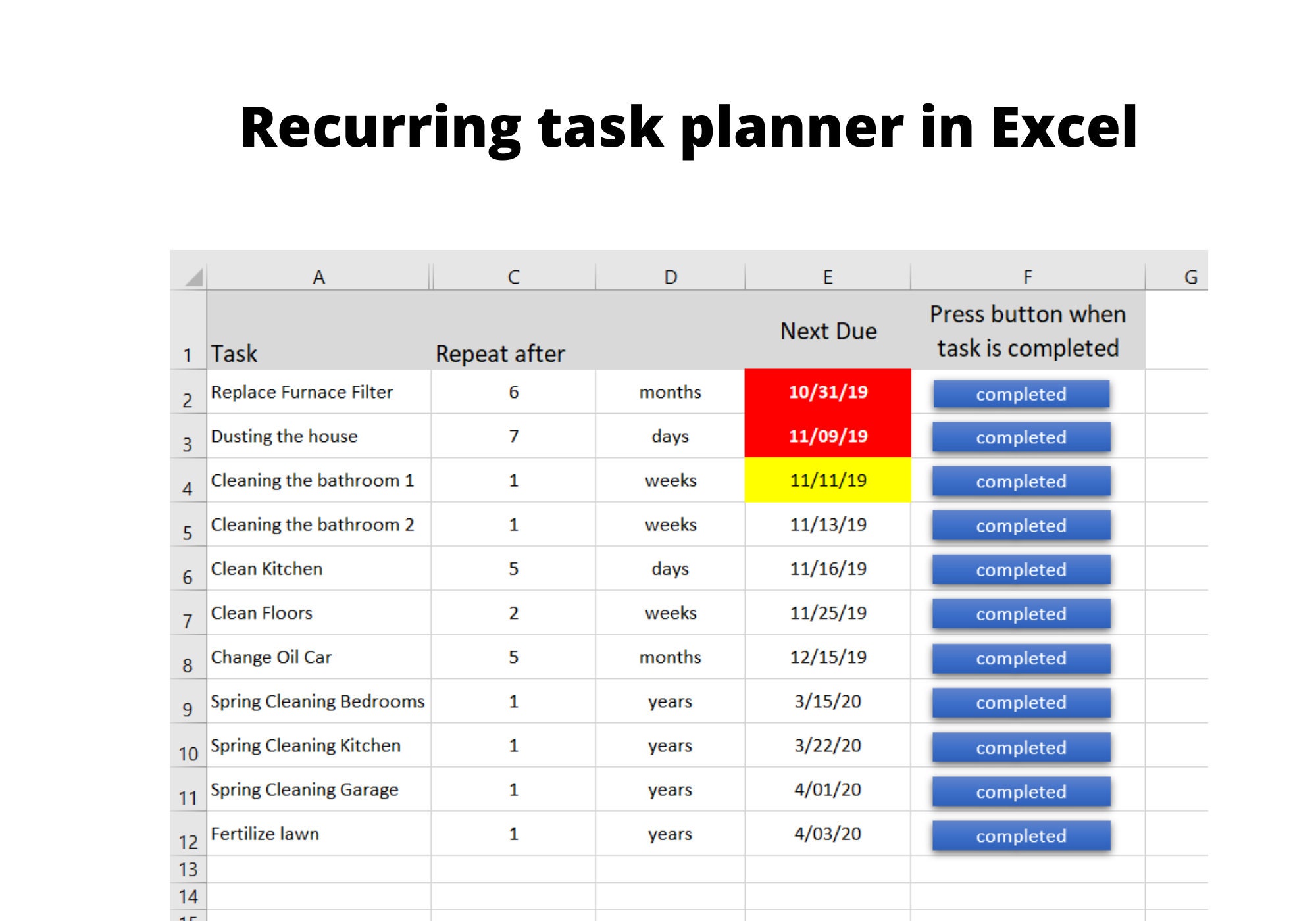

Todoist recurrence ideas you could use to help you get organised Putting the date digits at the start of the scheduled instruction The day and the repetition format exclusions Open the task view for a sub-task by clicking on the sub-task you wish to edit. Not only am I going to show you how to set up recurring tasks and sub-tasks in Todoist and all the different instructional language you can use, but I'll also give you examples of how you can use recurrences to reach new organisational heights. There are variable numbers/words in the list below that you can swap-in to fit your required recurrence, these include the specific day, date, time or number. I have used the long format of every, day, time, month, and date, however, you can use the short versions (see the section above). In the lists I have capitalised the first letter of each instruction and the days, you can use all lower or upper case letters, or a combination of both, and Todoist will still recognise your instruction. I have not omitted ' of' ' on' and ' at' in the lists below.

You could remove these words and get the same result.

There are a number of other date and time instructions (listed later in this article) that use Todoist's natural language but cannot be used for recurring tasks. Second: For each task, add steps 2-4 of the Feynman Technique as subtasks Add Teach it to myself or someone else, Return to the source material if I get stuck, and Simplify my explanations and create analogies as subtasks to your main tasks. Workdays and the start of the weekend I have assumed to be Monday to Friday and Saturday respectively in my examples. You can change these assumptions in your Todoist settings.įact: Your recurring instruction can also specify a start and end date, but before we get into that, let's take a look at the list below of recurrence instructions which are based on task due dates.


 0 kommentar(er)
0 kommentar(er)
